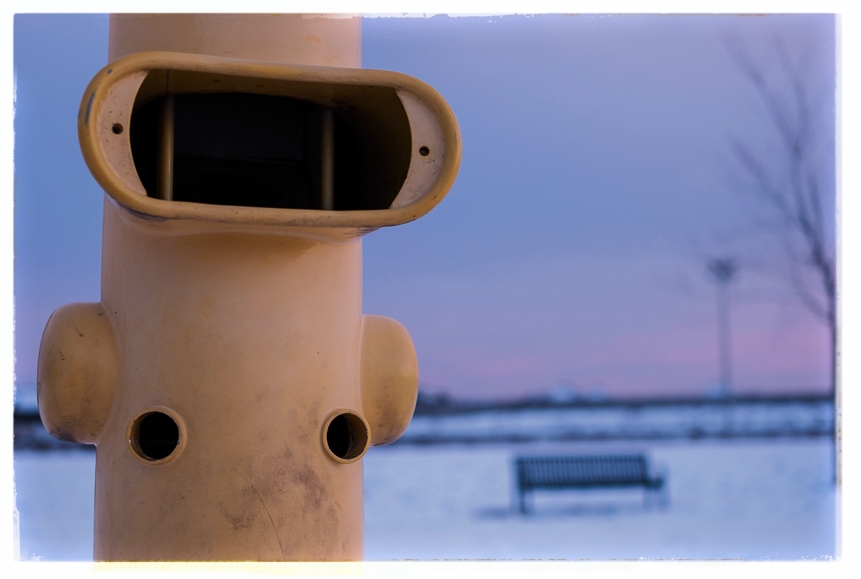dee
Well-known
I was thinking of my M8 , modified to a stunning Brian Sweeney Contax mounted J3 as my classic digital .
OK , when it dies , that will be it , but I will have enjoyed a few years of classic camera pleasure .
I wonder if it's expensive Canon/Nikon contemporaries have enjoyed the same long term pleasure ?
In some ways , the M8 defies, even celebrates it's older sensor and restrictions in a manner which may not be acceptable with an older DSLR .
For me , it's much like using a Leica M or my Contax/Kiev with slow monochrome film.
My Fuji X-Pro1 / 27mm is undoubtedly superior in many respects - as would be most entry level interchangeable lens cameras of today . It gets restricted usage against the Pentax/Sony systems , so I hope that it will last well .
But my M8 is something - otherwise ...
dee
OK , when it dies , that will be it , but I will have enjoyed a few years of classic camera pleasure .
I wonder if it's expensive Canon/Nikon contemporaries have enjoyed the same long term pleasure ?
In some ways , the M8 defies, even celebrates it's older sensor and restrictions in a manner which may not be acceptable with an older DSLR .
For me , it's much like using a Leica M or my Contax/Kiev with slow monochrome film.
My Fuji X-Pro1 / 27mm is undoubtedly superior in many respects - as would be most entry level interchangeable lens cameras of today . It gets restricted usage against the Pentax/Sony systems , so I hope that it will last well .
But my M8 is something - otherwise ...
dee



